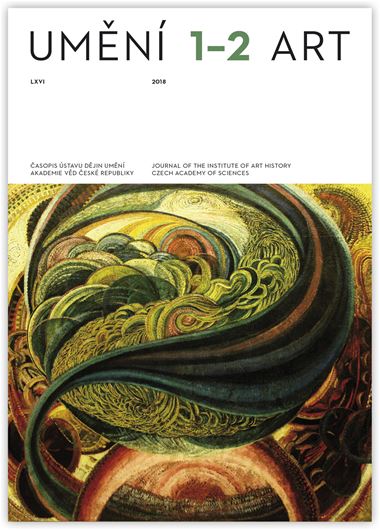Monika Pemič
Die Pläne vom Narodni dom in Maribor im Archiv des Národní technické muzeum in Prag und die Probleme ihrer Datierung
The Narodni dom was erected between 1897 and 1899 as the club house of the Spar- und Vorschussverein Posojilnica in what was at the time Marburg an der Drau in the region of Lower Styria in the Austro-Hungarian Empire; today, this is the city of Maribor in Slovenia. The architectural plans were the work of Jan Vejrych, one of the most popular architects of the Czech Renaissance style of the period. According to Světozor this was the first time that a building constructed ‘in the style of the Czech Renaissance’ had been constructed ‘outside the countries of the Wenzel’s crown’. This contribution attempts to reconstruct the complex construction process that lasted, from the first idea to completion of the building, from 1890 to 1899 by evaluating archival documents from the Regional Archives (Pokrajinski arhiv) in Maribor and from the Architecture and Civil Engineering Archive of the National Technical Museum in Prague as well as contemporary press reports and memoirs. The plans for the building have attracted little attention so far, perhaps because only very few of them have been preserved in the local archives. Consequently, the drafts, construction drawings, and detail views stored in the National Technical Museum are a unique and, with some 140 documents, substantial source for researchers. The building is discussed in its historical context, passed on an evaluation of all accessible sources. Furthermore, responses to this unique Czech ‘export article’ in Lower Styria are explored. The results of the work presented here aim to complement existing knowledge about when the (undated) plans for the building were created and also serve as comparative material for Czech research on the work of Jan Vejrych. By elucidating the construction process and the accompanying political conditions the documents also offer material for comparative research on the ‘national houses’.
Full-text in the Digital Library of the Czech Academy of Sciences:
https://kramerius.lib.cas.cz/uuid/uuid:7a58f79b-5843-407a-bb50-edb85a5f24da
< back

